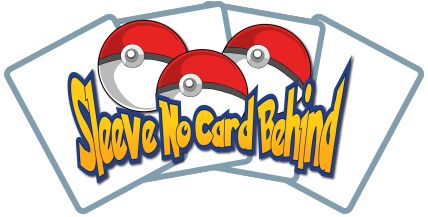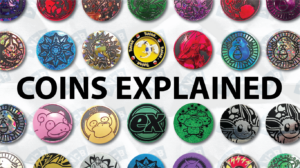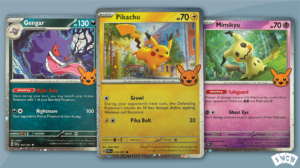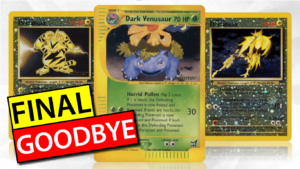Hi Sleeve No Card Behind readers! If you just learned how to play the One Piece card game, trying to check the differences between the English and Japanese versions of it, and considering your location at the same time, then this article is for you.
Without further ado, let’s get started on satisfying your curiosity:
1. Card quantity in booster sets
This one is first on the list since it is important to know where you are gonna spend your money and make sure that it is worth the purchase, plus this is where we are going to get our card pieces to build our deck, aside from the Starter Decks.
How many cards are in a One Piece booster pack?
The booster set in the English version of the One Piece card game has a higher number of cards than the Japanese version. The English version has 12 cards per pack, while the Japanese version has 6.
In addition, they have different box packaging, and the English version is more expensive than the Japanese version.
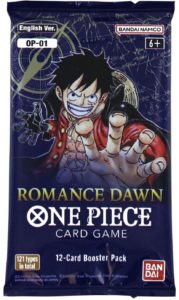
2. Tournament legality
Like other card games, English One Piece cards are only legal in tournaments outside the Asia region such as the United States, Oceania, and more.
On the other hand, Japanese One Piece cards are only legal in Asian regions with China as the sole exception since it uses the Traditional Chinese version of the game. I repeat, only China uses the Traditional Chinese version, hence, this will be just additional knowledge as we will just focus on the English and Japanese versions only.
Given the things mentioned above, this makes Japanese cards a collectible item/s or for casual use in the English region or vice versa. This can also make the Traditional Chinese cards a collectible to both English and Japanese version players.
This will help set apart more differences between English and Japanese One Piece cards.
3. Tournaments/Events
Tournaments/events in the English One Piece card game were classified into different categories such as Beginner, Rookies, Intermediate, and Competitive.
Additionally, the English version has more tournaments/events than the Japanese version, and the tournaments such as the Pre-Release Tournament and Online Tournaments are only exclusive to the English version.
The Japanese One Piece card game on the other hand has a smaller number of tournaments/events and is marked as Official Events only, with the Grand Asia Open as its exclusive tournament.
Despite those differences, they both share the Flagship, Championship, and more tournaments/events but under different names. One example is the Store Tournament which is the English counterpart of Standard Battle in Asia.
Sources:
EN One Piece – https://en.onepiece-cardgame.com/events/list.php
JP One Piece – https://asia-en.onepiece-cardgame.com/events/
4. Card releases
Sadly, the English One Piece cards are one set behind the Japanese version.
This will make you wait for the deck/cards that you are looking forward to using upon receiving the news of the release.
Because of this, the English and Japanese versions have different metagame environments and there might be products that are exclusive to the English version and/or Japanese version.
Asia/JP One Piece – PRODUCTS|ONE PIECE CARD GAME – Official Web Site
EN One Piece – PRODUCTS|ONE PIECE CARD GAME – Official Web Site
5. Metagame
If you are aiming to play competitively, depending on your location, keep in mind that due to differences with card releases, the English version of the One Piece card game has a different metagame compared to the Japanese version.
Leaders such as Zoro and Kinemon still reign at the top in the English version, the opposite happens in the Japanese version where Whitebeard and Rob Lucci occupy the top of the metagame.
However, the cards themselves don’t differ. Aside from small translation differences, the cards are identical, rarities included.
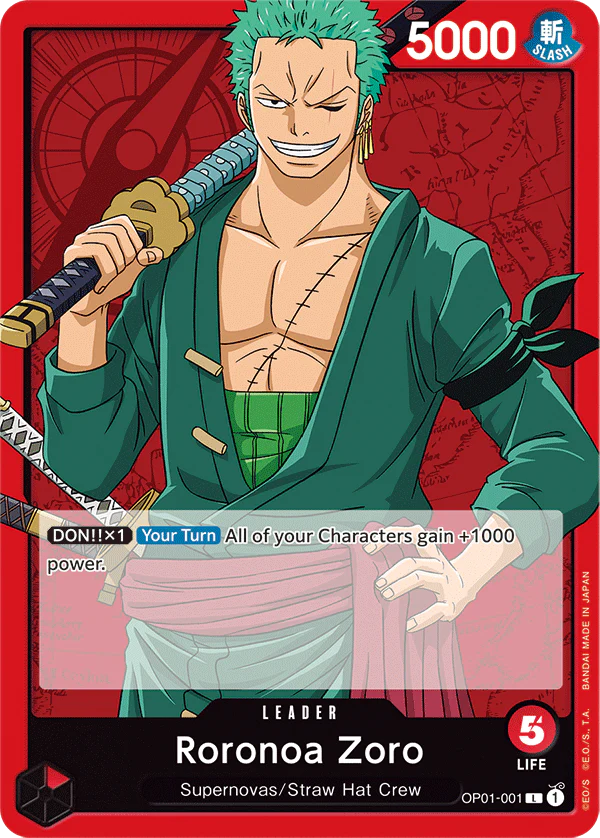
6. Banlist
This might be applied in the English version soon, hence, it is best to let you guys know that Bandai just recently announced the banning of Cabaji and Moby Dick for tournament usage in the Asia region starting on April 1, 2023.
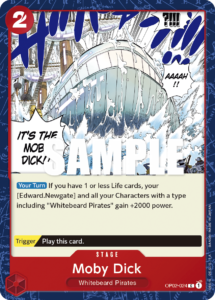
Given this announcement, it has shaken up the meta in advance, since Whitebeard is expected to be overtaken by the likes of Zoro, Lucci, and Yellow decks. It is really a good move from Bandai since Moby Dick is so strong because it boosts the Whitebeard leader’s attack by 2000. Not only that, but it also boosts the attacks of the characters with Whitebeard Pirates type, which makes it harder for the opponent in fending off the attacks especially when Whitebeard has the full board.
Adding to that is the banning of Cabaji which lessens the drawing power of the Nami deck to encourage Nami players to utilize the effects of Zeff and Bellmare that trigger when it attacks and damaged the opponent’s life.
You can find more details here: https://twitter.com/ONEPIECE_tcg/status/1636657057112948736?cxt=HHwWgIDUxYG7ybYtAAAA
That concludes the article! Keep in mind that you really need to consider your purpose of buying the English or Japanese versions of the One Piece card game such as playing competitively, or for collection.
See you in the next article nakamas!
